Storm Damage Collision Repair: Restoring Cars After Flooding
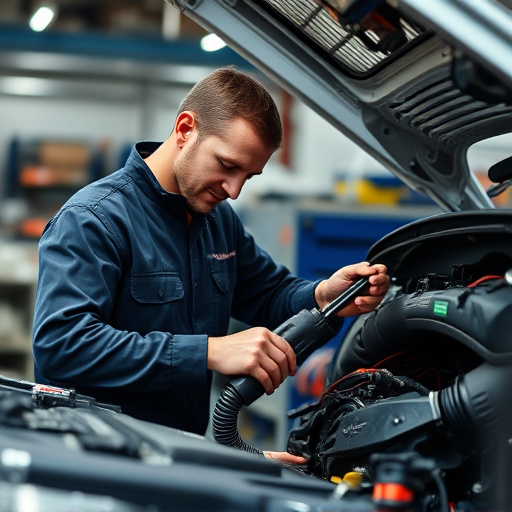
Storms and flooding cause significant vehicle damage, including structural issues and water intrusio…….
In an era defined by extreme weather events, the impact of storms on our built environment has become an increasingly pressing concern. Storm damage collision repair emerges as a critical component in the post-disaster recovery landscape, focusing on restoring and reinforcing structures affected by powerful storms. This article aims to provide an extensive exploration of storm damage collision repair, delving into its intricacies, global implications, and future potential. By the end of this comprehensive guide, readers will grasp the significance of this field, its various facets, and its role in building resilient communities worldwide.
Storm damage collision repair is a specialized sector within the broader construction and automotive industries, dedicated to mitigating and rectifying the aftermath of severe storms on infrastructure, vehicles, and built environments. It involves a comprehensive range of services, from initial assessment and emergency response to meticulous repairs, reinforcement, and restoration. This field seamlessly integrates knowledge from various disciplines, including engineering, architecture, automotive mechanics, and environmental science.
The concept of storm damage collision repair has evolved over centuries as societies have grappled with the destructive forces of nature. Early attempts focused on ad-hoc repairs after major storms, often leaving vulnerable communities at risk. The field began to formalize in the mid-20th century with the rise of organized disaster response teams and the development of standardized repair protocols. Advancements in technology, particularly in recent decades, have revolutionized the sector, enabling faster, more efficient, and more durable repairs.
Storm damage collision repair has a profound global impact, with severe storms affecting virtually every region, from coastal communities to inland cities. The scale of storm damage varies widely, leading to distinct challenges and solutions in different parts of the world. For instance, tropical regions face frequent hurricanes, requiring specialized techniques for reinforcing structures against high winds and flooding, while temperate zones grapple with intense thunderstorms and tornadoes.
The global storm damage collision repair market is dynamic, influenced by factors such as regional weather patterns, population density, and economic development. According to a 2022 report, the market size was estimated at USD 573 billion in 2021 and projected to grow at a CAGR of 4.5% from 2022 to 2029. This growth is driven by increasing storm severity, urbanization, and rising investment in disaster-resistant infrastructure.
Storm damage collision repair has far-reaching economic implications:
Technological advancements have significantly impacted storm damage collision repair, improving efficiency, safety, and durability:
The future of storm damage collision repair holds immense potential with emerging technologies:
However, challenges remain, including ensuring the availability of skilled workers to operate new technologies, addressing data privacy concerns related to IoT devices, and integrating diverse technological systems for seamless operations.
The regulation of storm damage collision repair varies across jurisdictions, reflecting local needs and cultural contexts. Common threads include:
Policies and regulations play a pivotal role in shaping the storm damage collision repair sector:
Despite its critical role, the storm damage collision repair sector faces several challenges:
Criticisms of the sector include:
Strategic Solutions:
Puerto Rico’s recovery from Hurricane Maria (2017) is a testament to the power of comprehensive storm damage collision repair strategies. The government, in collaboration with international aid agencies and local contractors, implemented a multi-pronged approach:
Following the Great East Japan Earthquake (2011), Tokyo and surrounding areas embarked on a massive storm damage collision repair and reinforcement project. Key successes included:
Florida’s response to frequent tropical storms showcases effective storm damage collision repair practices:
The storm damage collision repair sector is poised for significant growth and evolution:
To capitalize on future prospects:
Storm damage collision repair is a dynamic sector, continually adapting to the challenges posed by an increasingly unpredictable climate. As storms grow in frequency and intensity, the world relies on this critical industry to protect communities, restore infrastructure, and rebuild lives. Through technological advancements, policy innovation, and community engagement, the storm damage collision repair sector is poised to meet these challenges head-on.
By learning from past successes and addressing current obstacles, we can ensure that our built environments are resilient to storms, protecting people, property, and entire communities. The future of storm damage collision repair holds immense potential for a safer, more sustainable world, where we actively prepare for and mitigate the impacts of storms.

Storms and flooding cause significant vehicle damage, including structural issues and water intrusio…….

Storm damage collision repair shops rely on standardized assessment protocols for efficient vehicle…….
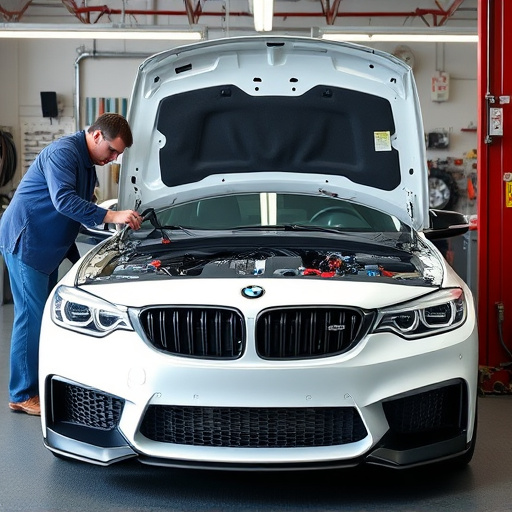
Storms can cause significant vehicle damage, necessitating expert storm damage collision repair. Tim…….
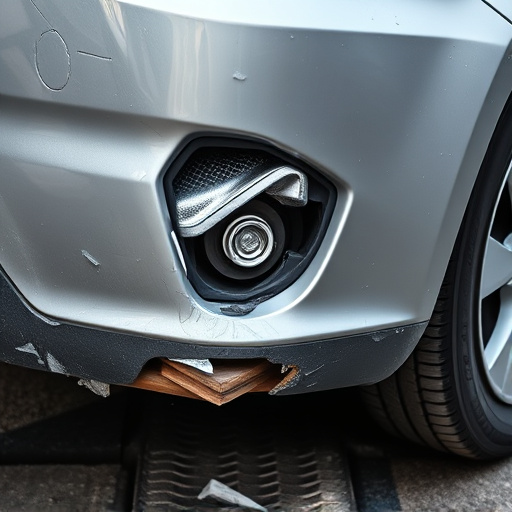
After severe storms, storm damage collision repair experts assess vehicle damage, using advanced tec…….
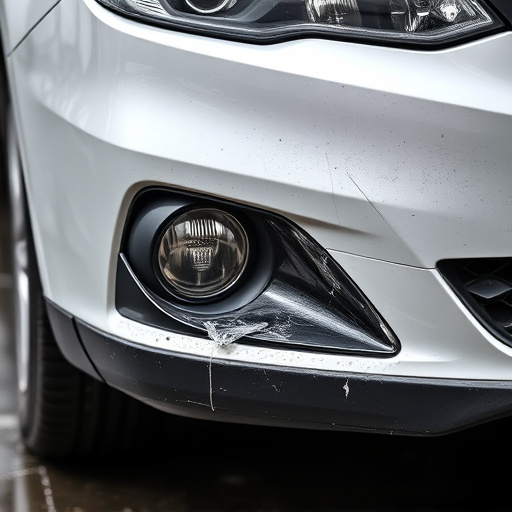
Storms can cause significant vehicle damage, requiring specialized storm damage collision repair ser…….

Prompt storm damage collision repair is essential for property protection against severe weather, pr…….

Storm damage collision repair requires skilled professionals and precise estimating for effective re…….
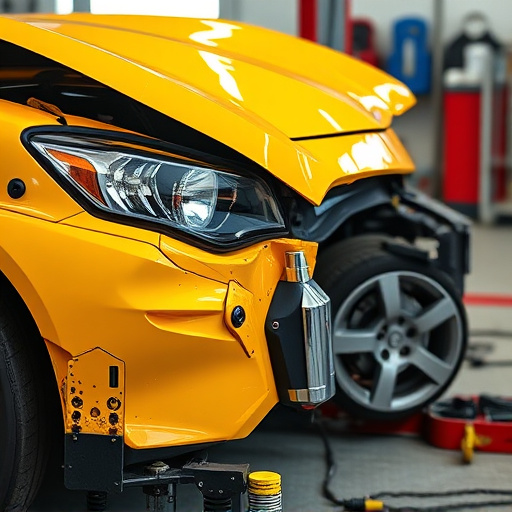
DIY storm damage collision repair is risky due to lack of specialized tools and expertise for tasks…….

Post-storm, thorough inspections are crucial for effective storm damage collision repair, identifyin…….
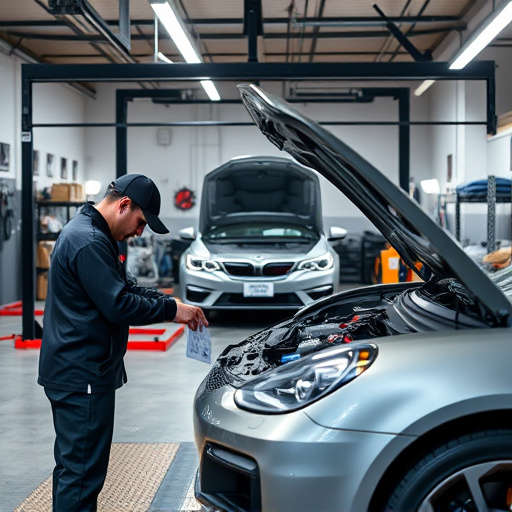
Storm damage collision repair is a specialized automotive field addressing unique challenges like sh…….